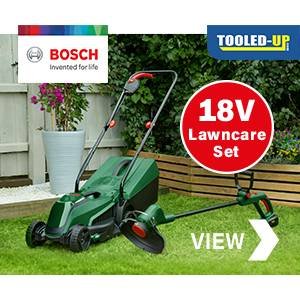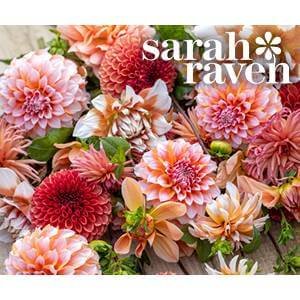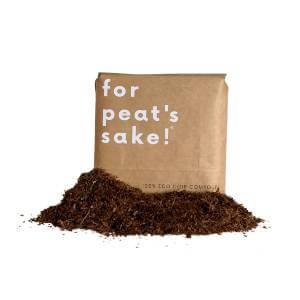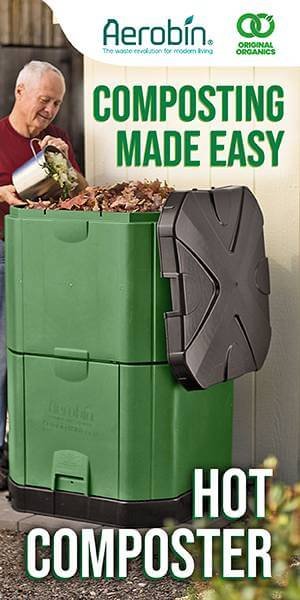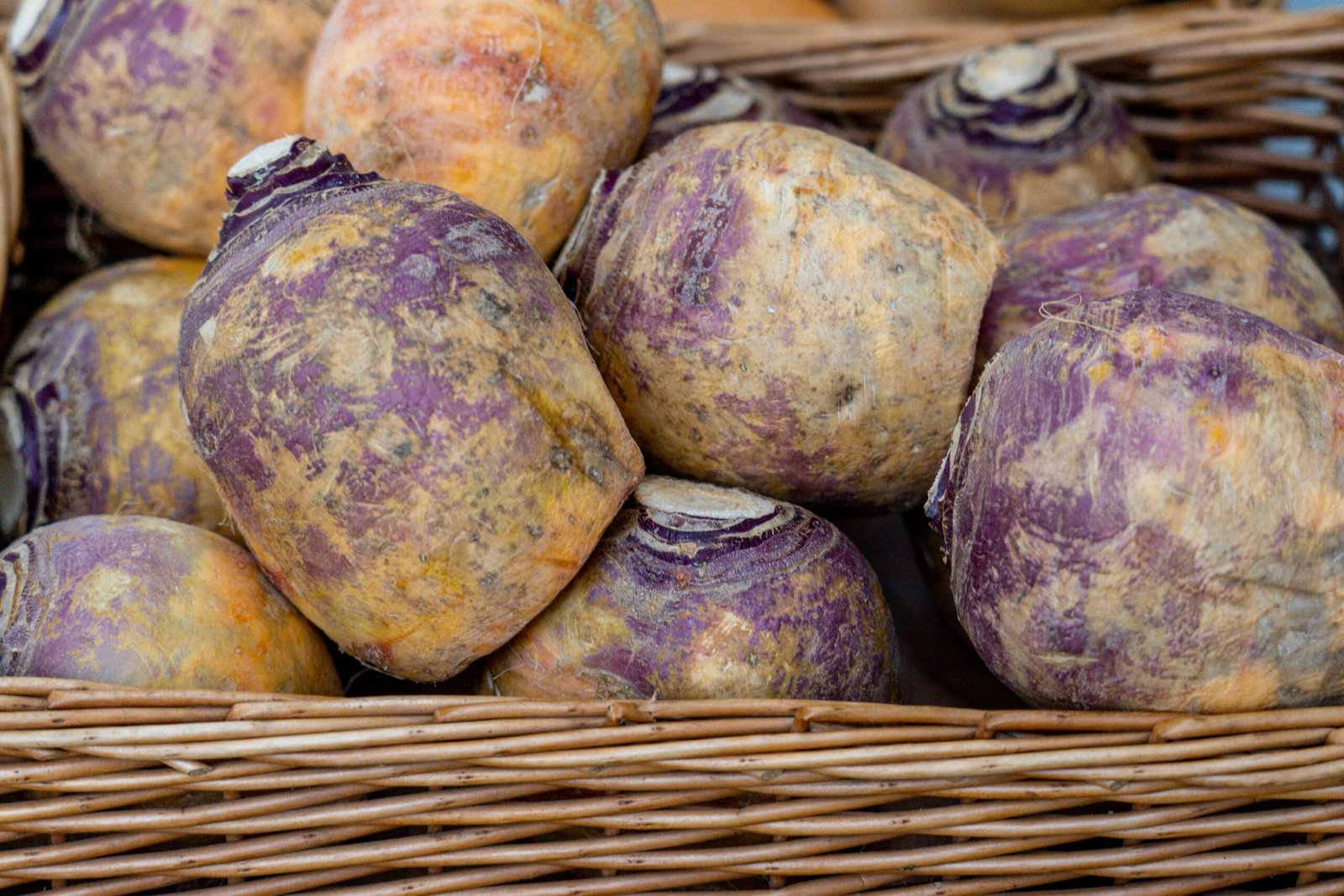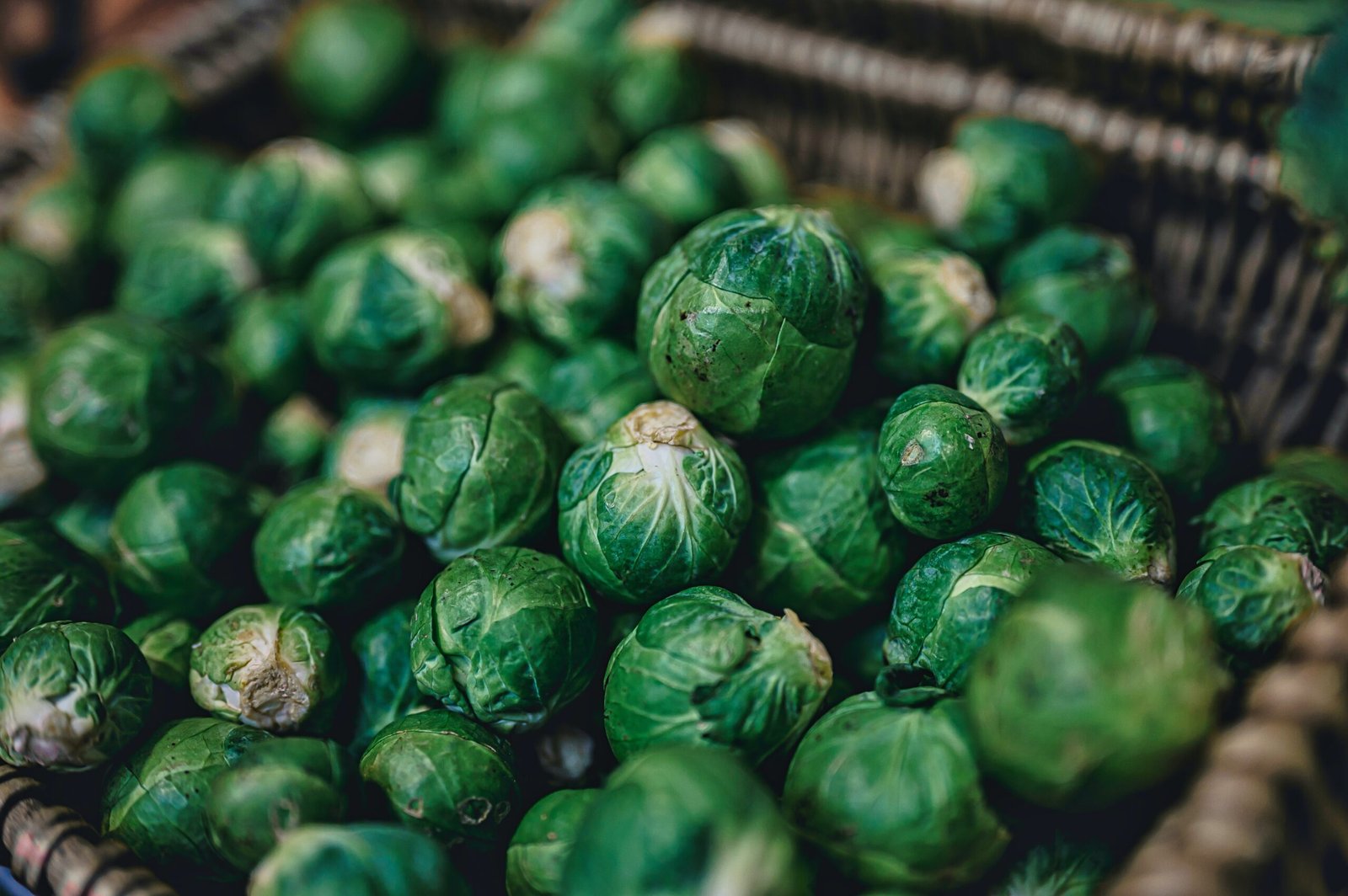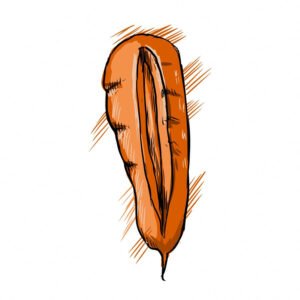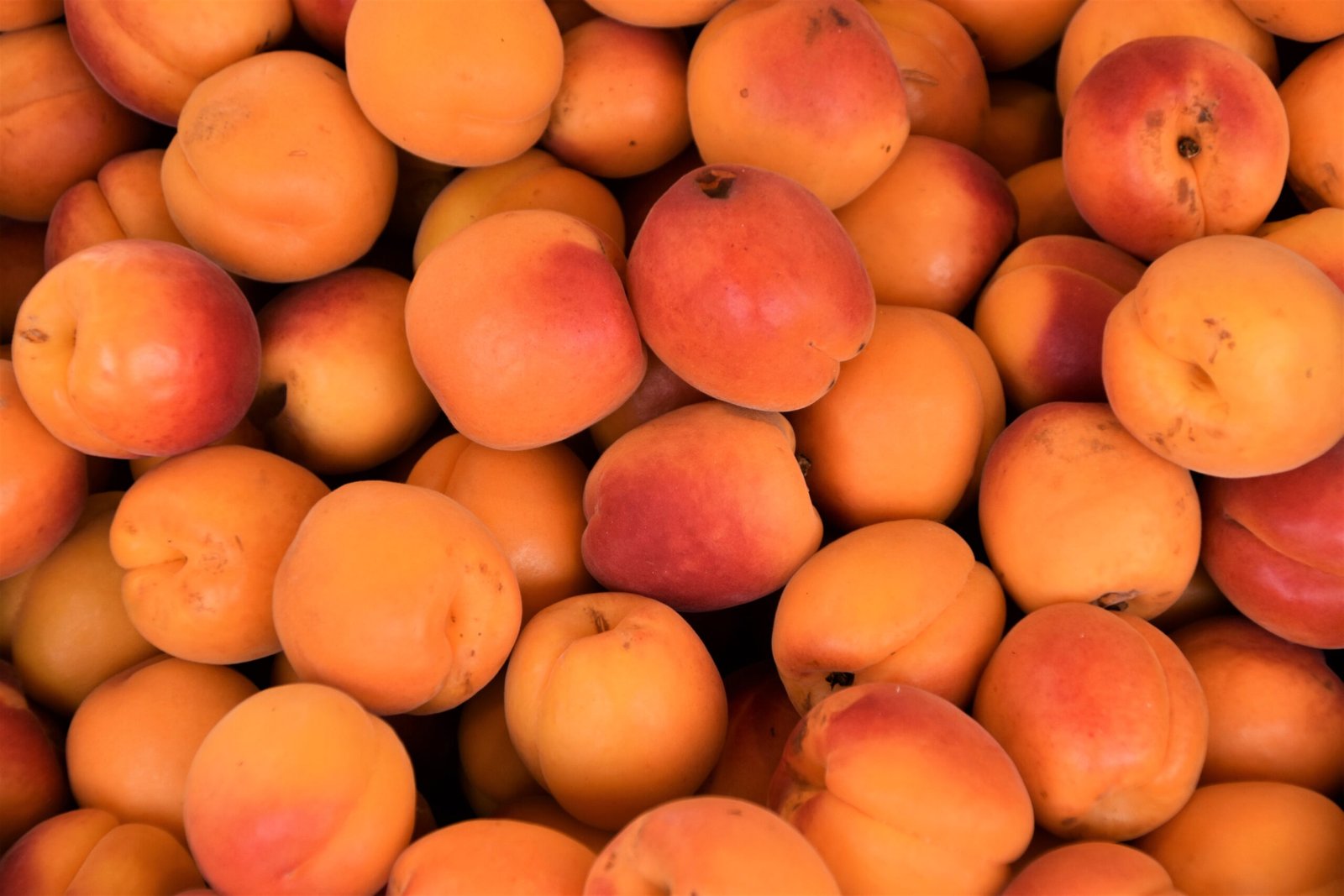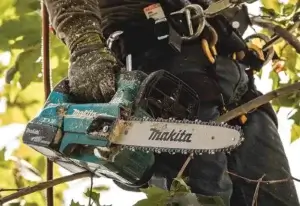Mint is well known for growing rapidly within the garden, so having the option to grow indoors saves an overrunning of mint in the garden, which is why we would typically advise always to plant mint in containers – even in the garden. When choosing a container, you will want to ensure this is wider than deeper, but the material is highly dependent.
Growing Mint – Location & Light
Your mint will appreciate a lot of sunlight; unlike in the garden where it can tolerate part shade, this will not suffice inside. If you notice that the leaves have become leggy or pale, this is a sign it is not receiving enough light.
Choosing a window that receives sunlight for most of the day is the best option, around 6-7 hours a day of sunlight is ideal.
If you plan to grow your mint indoors all year round, we suggest buying a heat lamp for this. Mint plants will also appreciate misting now and then to increase the humidity.
Growing Mint – Watering
Like most other herbs, you will want to ensure that your mint is evenly moist but not overly wet; the best way to know when to water is by touching the first 2 inches of the soil – if this is dry, you will want to water.
Mint plants will not appreciate being sat in a lot of water.
Growing Mint – Food / Feeding
Although with mint, applying frequent fertiliser is not a must, sometimes an occasional dose can be added now and then. We would suggest an all-purpose water-soluble fertiliser or fish emulsion.
Be sure to mix the fertiliser with a half-strength and not over fertilise, which causes the mint to lose its flavour.
Growing Mint – Temperature
A suitable temperature during the day is around 18-21 degrees and at night roughly about 13-15 degrees.
Growing Mint – Soil
You will want to pick a good potting mix with equal amounts of sand, peat, and perlite; this will need rich soil enriched with compost. It will need to be slightly acidic with a pH level of around 6-7.
Growing Mint – Harvesting
We love to pinch off a few leaves and add to our teas for a natural mint tea flavour, but it is also an excellent option for freezing.
We suggest freezing in an airtight container or bag or an ice cube tray with water; use these within three months. To store fresh mint after cutting, it will gently dampen the leaves in a paper towel and place them in a plastic bag. Leave this open so that air can circulate through.
Just before your plant is about to bloom is when your mint plant will have the best and strongest flavour. Typically you will not want to harvest more than three times per season, but you can pick the leaves when needed. When cutting, leave the first and second leaves and cut just above this area.
Did you know you can also grow mint plants in water? It is a straightforward method whereby you take a cutting of around 5-6 inches from a well-established mint plant, remove the bottom leaves, and place the cutting in a water-filled bottle or glass.Place this by a sunny window where it will receive 4-6 hours of light a day.
Let's go Shopping...
Products Coming Soon!












